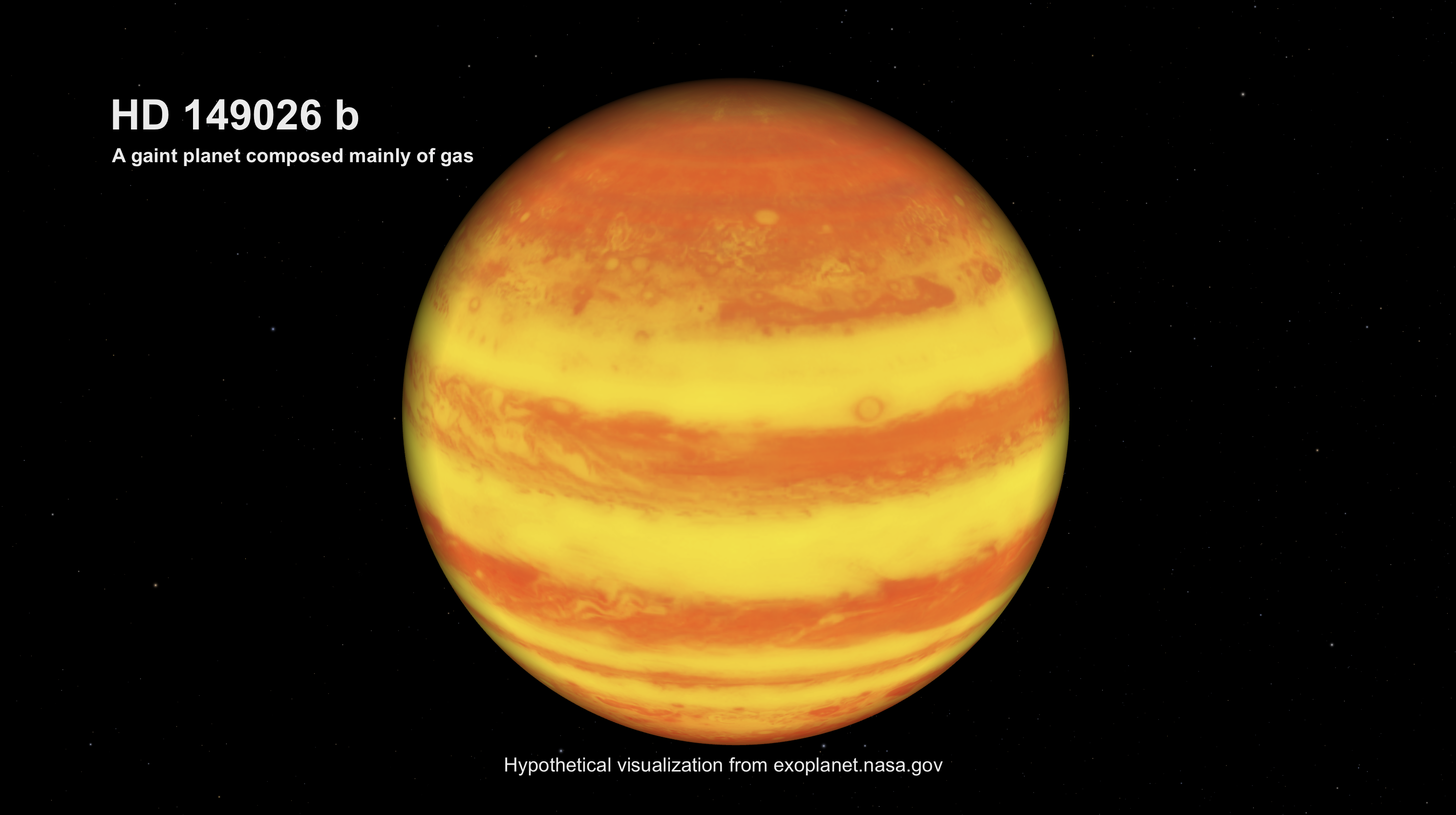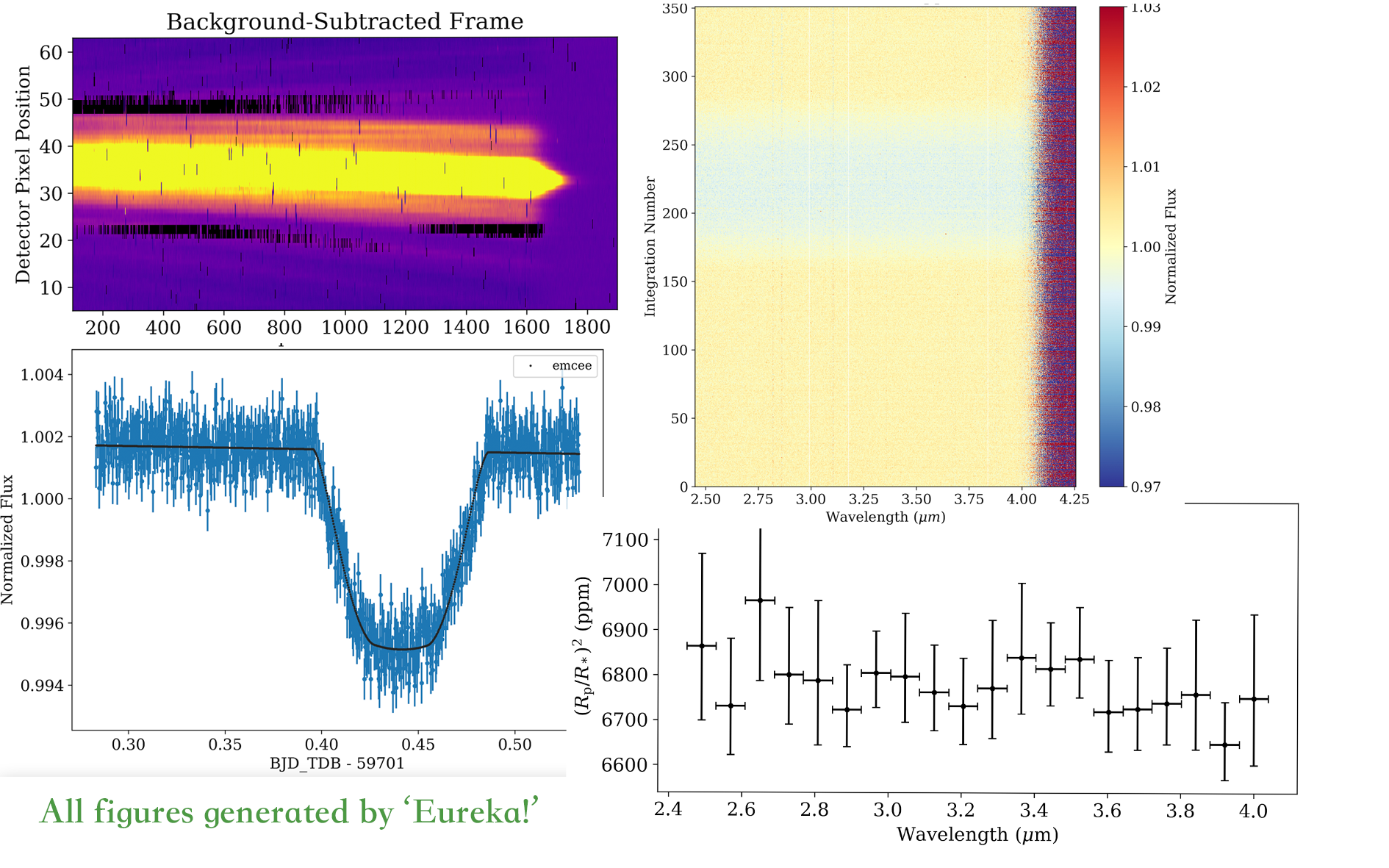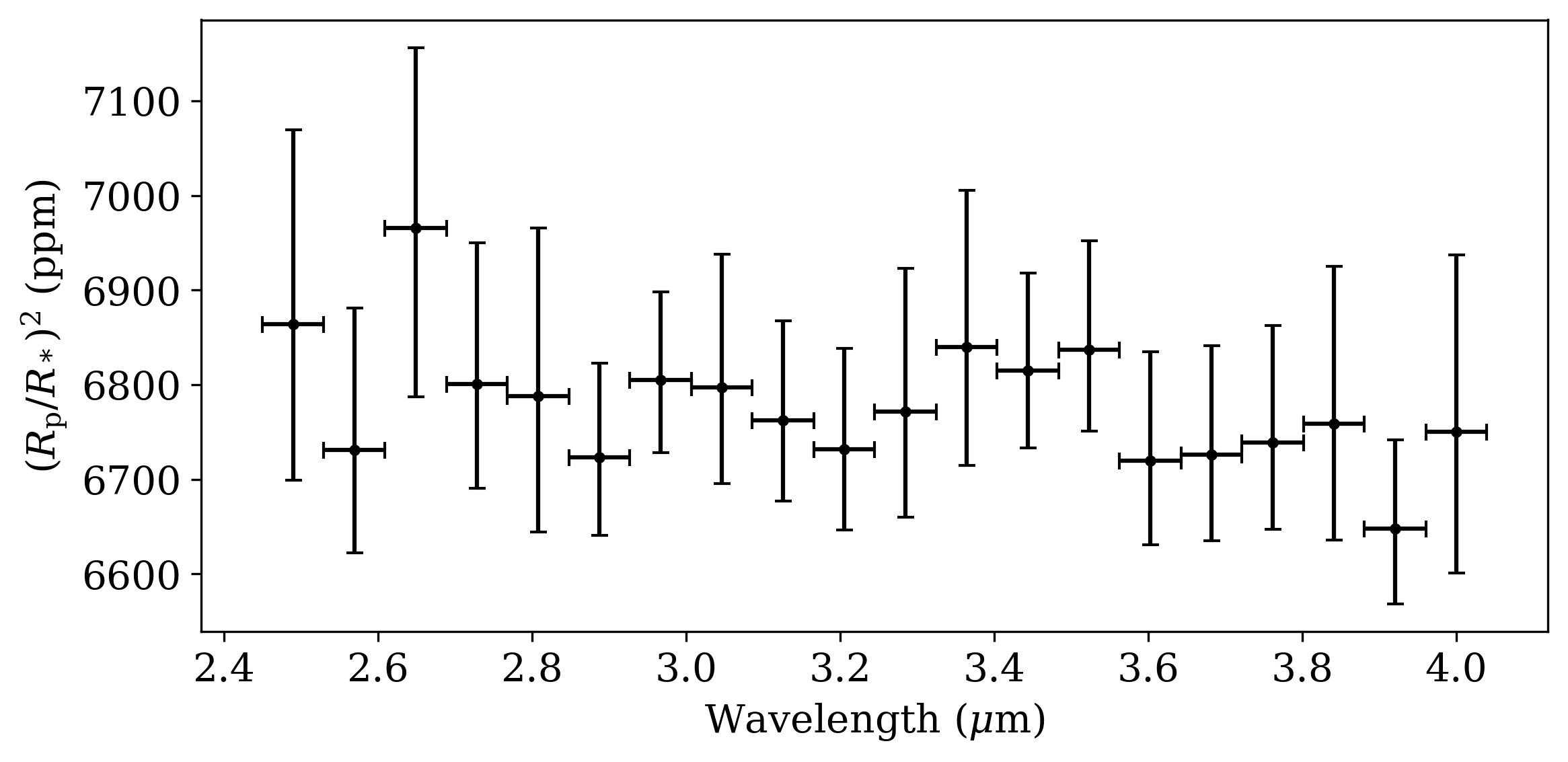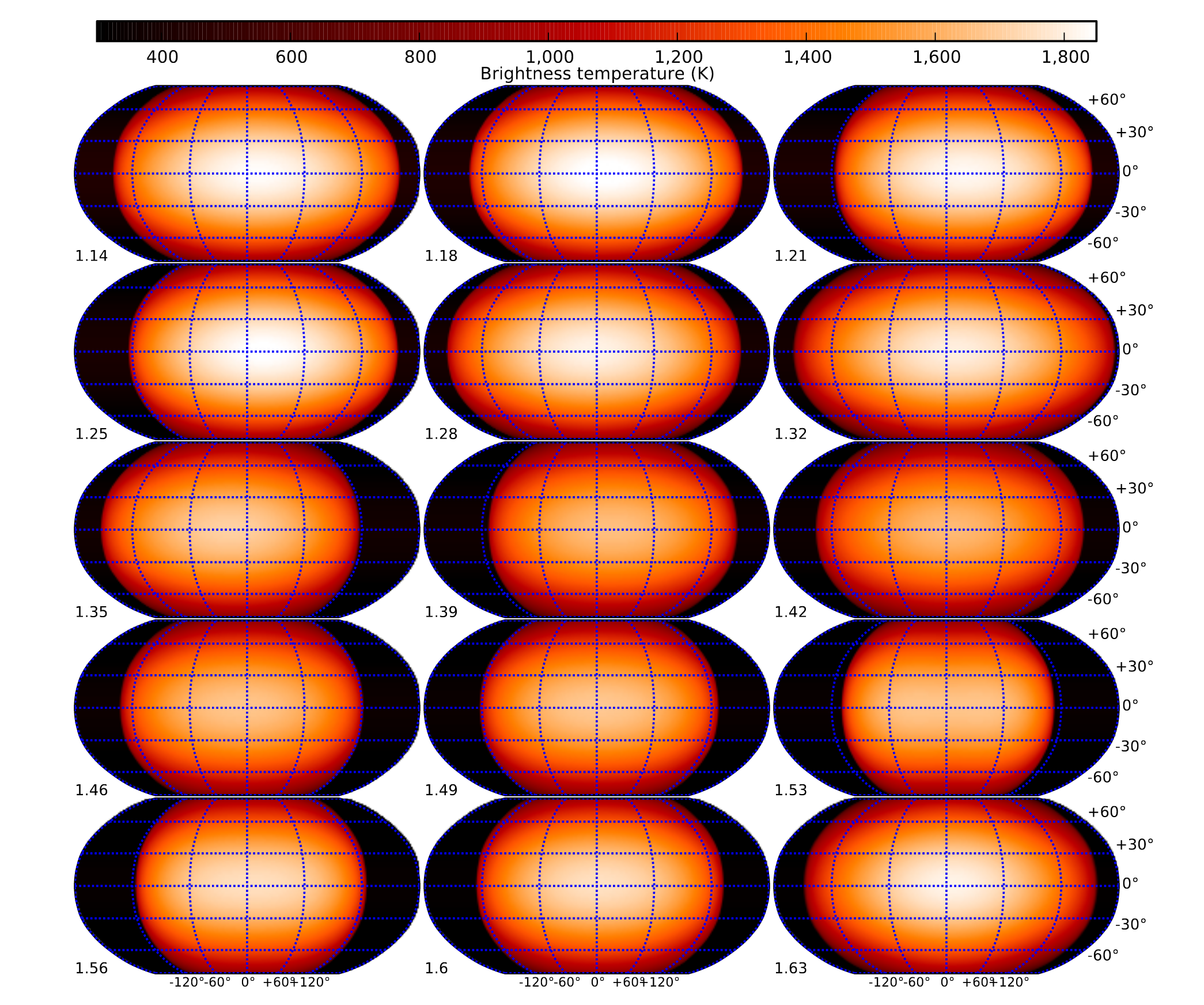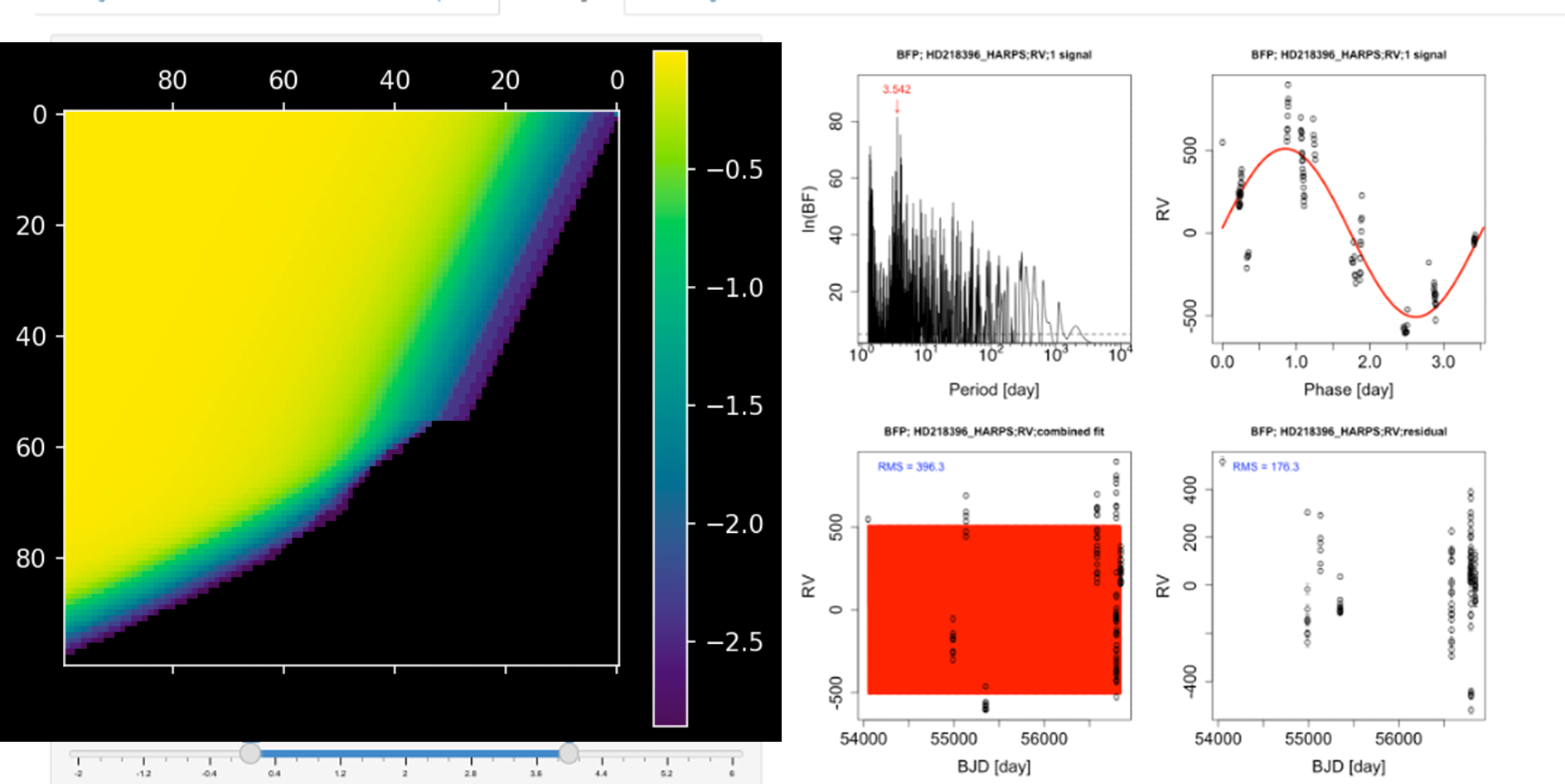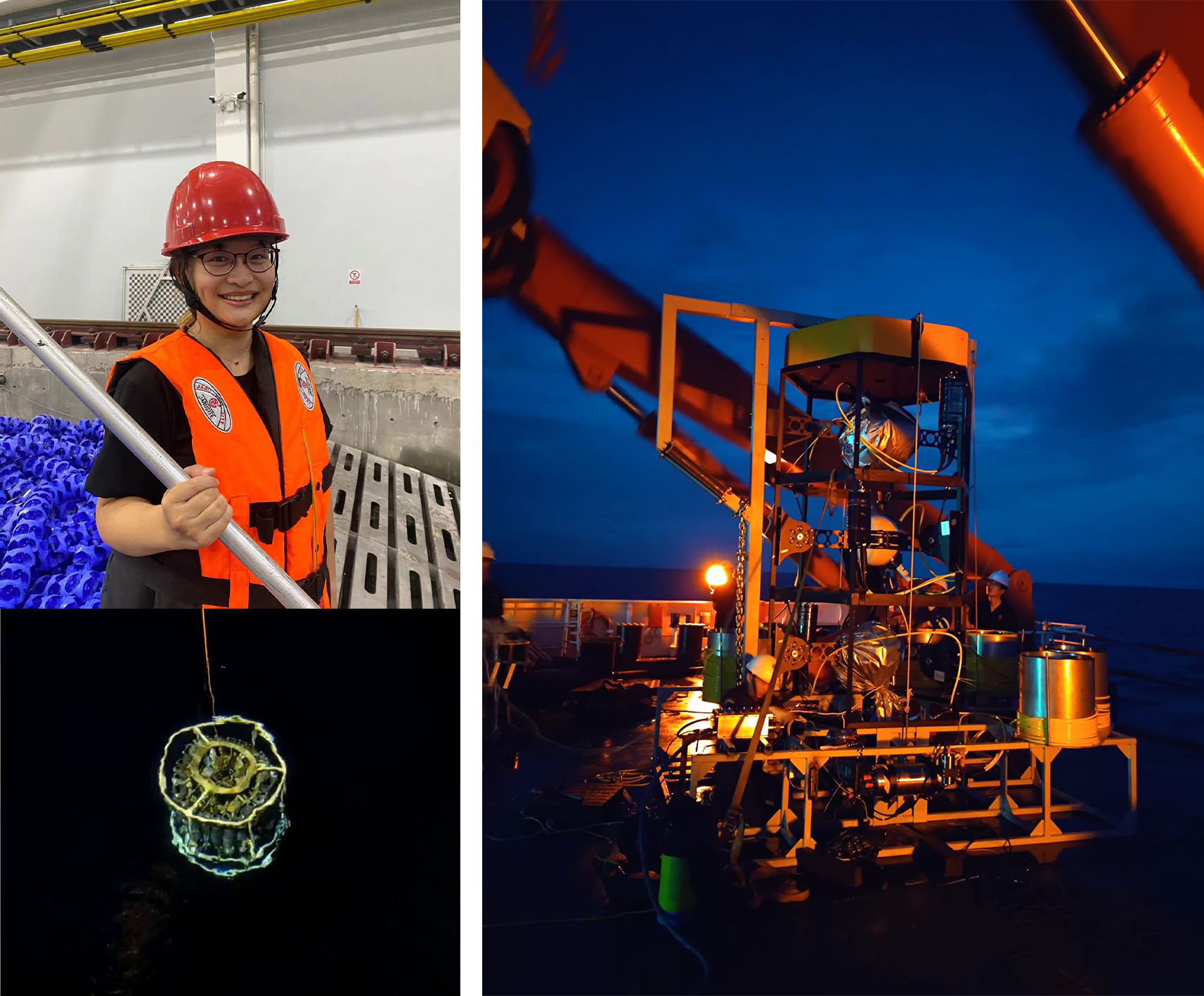
A 1.5yr project on constructing a neutrino detector in South China Sea only open to honor-degree students with $12,000 research funding.
I was in charge of the design and operation of a digital system to monitor the position and direction of detectors undersea with Python script. Besides, I employed my knowledge about Lambert surface, which I learned in an introductory course to galaxy, to help the PhD students in group model photon path and used what I learned in optics to calculate the refractive index for our system. Due to the commitment in developing stage, I was selected as one of the three undergraduates among 72 collaboration members to go aboard the scientific ship! I also joined data analysis and visualization.
Preliminary Research-- Instrument Assembling & Testing
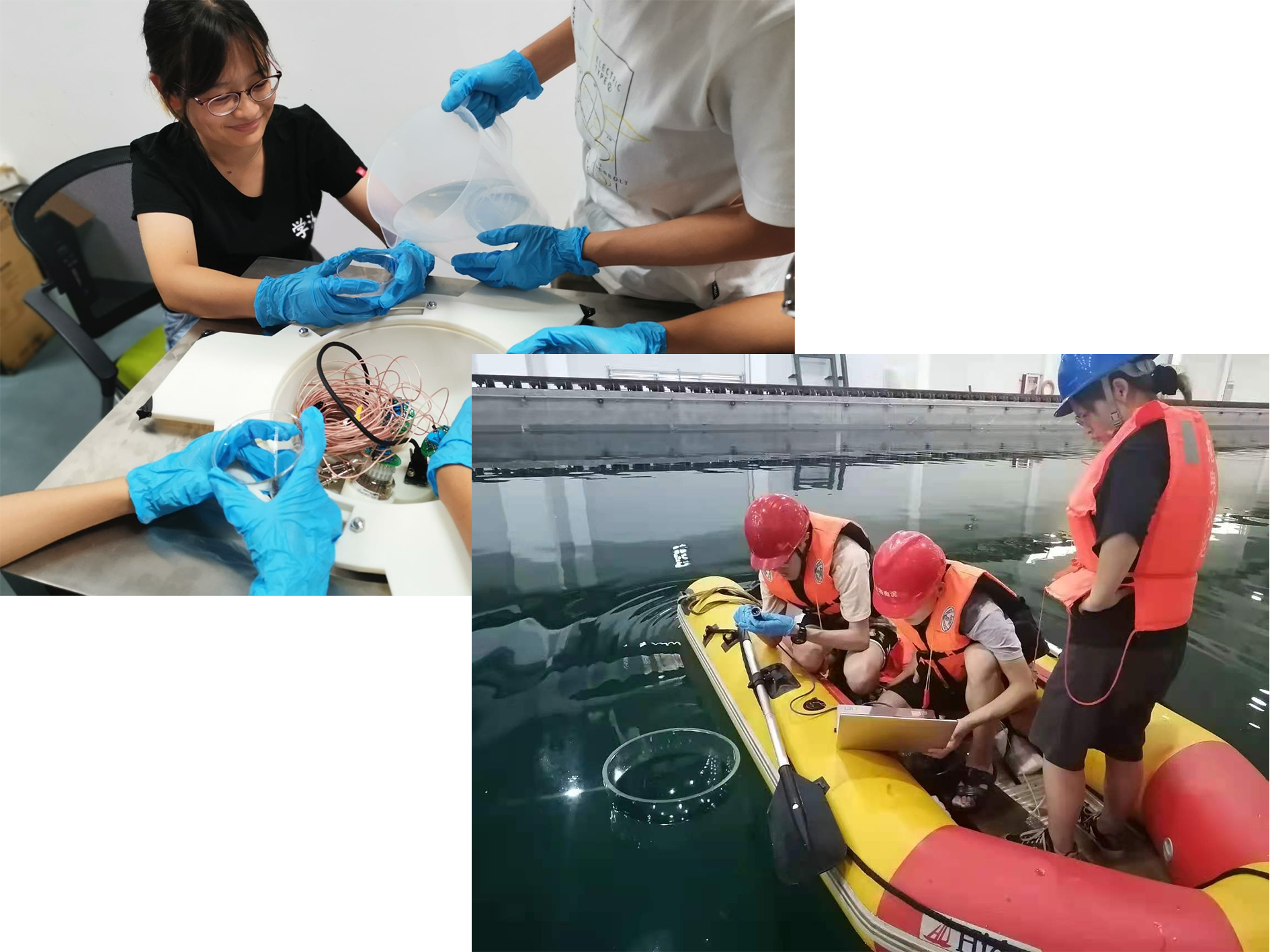
The detectors were built up from scratch, including designing 3D models with Solid Works, gathering CCD and PMT(Photomultiplier Tubes) product information and ordering required devices.
The photo shows me assembling the PMT Dom(digital optical modules) and testing CCD in the lab. :))
Due to the miss of outsourcing firms, our detector encountered water-leak problems just one month before expected date to the sea. Me and collegues worked day and night, during which I was once sent to the emergency room because of back strain. Despite the toughness and unexpected issues, we still made it in the early September, 2021, to put our detector to the 3399m depth undersea. I would say the two months before aboard is really thrilling!!
Onboard data gathering and real-time analysis.
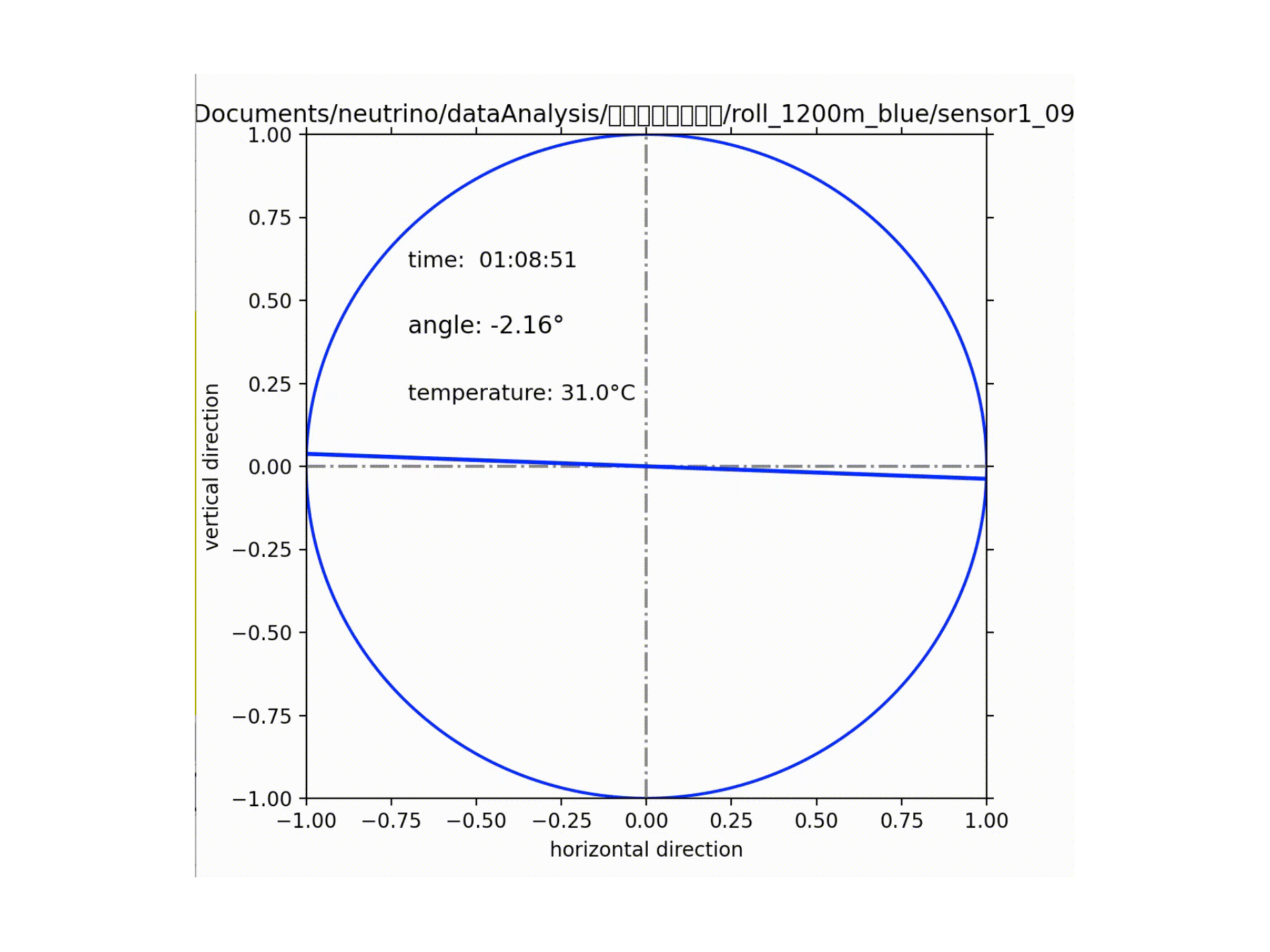
I was in charge of monitoring the temperature and humility of our detector using self-developed python software and circult board. Also, I was involing in the real-time data anlalysis to check the data quality.
Onboard life!!
 Me enjoying beer and BBQ! (No worry, in our country it's legal to drink at age 18.) Me and my friend pretending Jack and Rose (Titanic). The beautiful Milky Way seen from the deck.
Me enjoying beer and BBQ! (No worry, in our country it's legal to drink at age 18.) Me and my friend pretending Jack and Rose (Titanic). The beautiful Milky Way seen from the deck.
